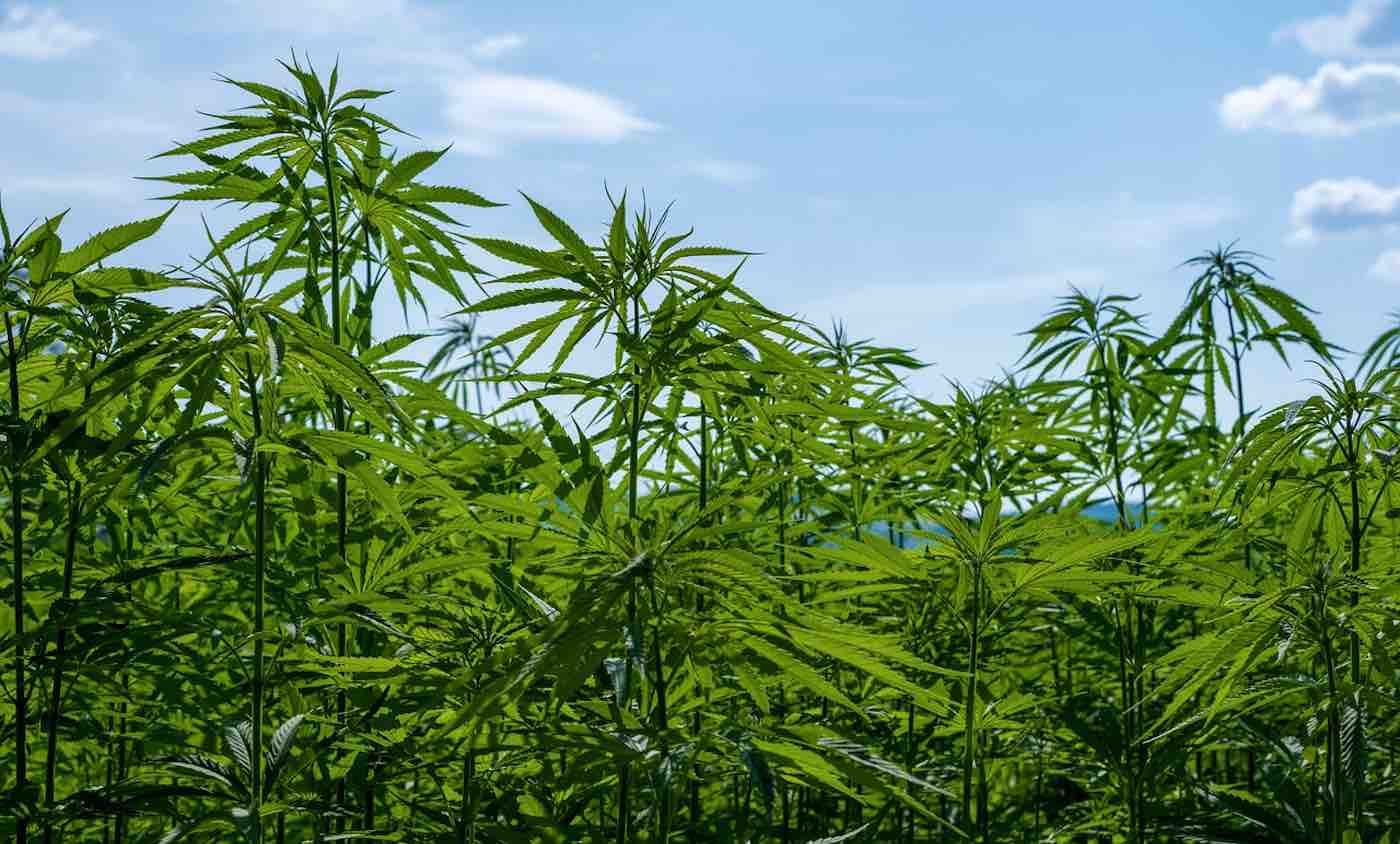Since the 2018 Department of Agriculture Farm Bill finally legalized industrial hemp in the United States, scientists have discovered an unexpected benefit to the new fields of green sativa: it’s is helping dwindling bee populations.
Cannabis sativa is an exclusively wind-pollinated plant and thereby creates an abundance of pollen for a variety of bee species. And, in the past year, since the legislation passed, industrial hemp plants are more commonly being grown outdoors instead of the closets and basements of years past.
This particular study, published in the journal Environmental Entomology, recently found evidence of increasing bee diversity and population after they studied the species loitering on hemp flowers across 11 farms in the Finger Lakes region of New York.
“We identified all bee visitors to the species level and found that hemp supported 16 different bee species,” state the authors.
RELATED: Want to Help Bees? Leave the Dandelions Alone This Spring
Ninety percent of all the netted bees visiting the hemp flowers were apis mellifera (the honey bee) and bombus impatiens (the bumblebee).
In addition to bee populations suffering from the effects of pesticides, insecticides, and a reduction in plant diversity, bee populations are negatively affected by disruptions in pollen resource availability throughout the year.
The authors of the newly-published study, however, detail that since hemp flowers in late summer, bees in the vicinity have a pollen-rich resource available to them during a time of the year when pollen is scarce.
LOOK: 316 Dutch Bus Stops Are Getting Green Roofs Covered in Plants as a Gift For Honeybees
“Because of its temporally-unique flowering phenology, hemp has the potential to provide a critical nutritional resource to a diverse community of bees during a period of floral scarcity and thereby may help to sustain agroecosystem-wide pollination services for other crops in the landscape,” reads the study.
They also found that plant height played a significant role in the number of bees attracted to each field.
“As cultivation of hemp increases, growers, land managers, and policy makers should consider its value in supporting bee communities and take its attractiveness to bees into account when developing pest management strategies.”
CORRECTION: This article previously confused hemp and marijuana. Both come from the same plant species, Cannabis sativa, but cannabis sativa plants with 0.3 percent of the psychoactive THC, or less, are hemp. Cannabis plants with more than 0.3 percent THC are marijuana.
Plant Some Positivity By Sharing The Good News To Social Media…




















